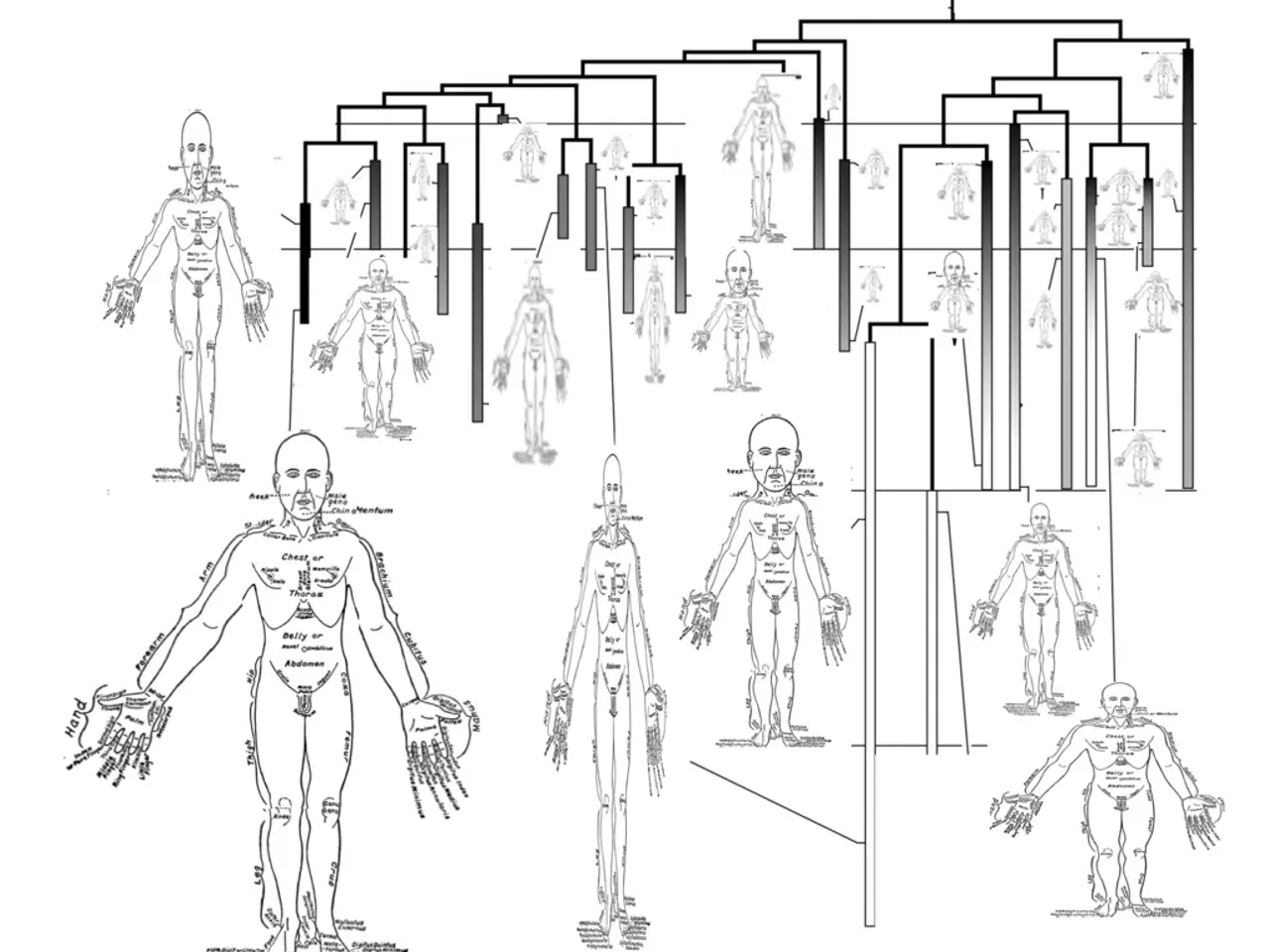Internal Anatomy Revealed: Exploring Hidden Architecture
The human skin, often taken for granted, is a complex and intricate organ, much like a bustling city, with each layer and cell playing a vital role in maintaining our health, beauty, and vitality. Comprising three main layers - the epidermis, dermis, and hypodermis - the skin serves as a protective barrier, a temperature regulator, and a sensory organ.
The Epidermis: The City's Outermost Layer
The epidermis, our skin's first line of defense, is akin to a fortified wall, composed of keratinized stratified squamous epithelium. It has 4 to 5 sublayers, arranged from deepest to superficial, that work together to create a barrier against environmental damage such as pathogens, UV radiation, and water loss.
- Stratum basale contains basal cells that continually divide to form new cells and melanocytes, which produce melanin pigment, providing skin color and UV protection.
- Stratum spinosum is where keratinocytes begin producing keratin, and receive melanin from melanocytes for UV defense.
- Stratum granulosum sees cells begin to die, forming a waterproof barrier.
- Stratum lucidum (only in thick skin like palms and soles) is a thin translucent layer.
- Stratum corneum consists of dead, flattened keratinized cells that shed periodically, forming a tough, water-repellent surface.
The epidermis, devoid of blood vessels, acts as the primary barrier against environmental damage.
The Dermis: The City's Heart and Soul
The dermis, the middle layer, is thicker than the epidermis and is made of dense irregular connective tissue. It has two layers: the papillary layer and the reticular layer.
- The papillary layer, composed of loose connective tissue with dermal papillae that interlock with the epidermis, contains fibroblasts, immune cells, blood vessels, lymphatic capillaries, and sensory receptors.
- The reticular layer, a thicker layer of dense irregular connective tissue, contains collagen and elastic fibers for strength and elasticity.
The dermis houses structures such as hair follicles, sweat glands, sebaceous (oil) glands, nerves, and blood vessels, which provide nourishment to the epidermis, sensation, thermoregulation through sweat, and immune defense.
The Hypodermis: The City's Foundations
The hypodermis, the skin's deepest layer, is primarily made of fat (adipose tissue) and connective tissue. It cushions and protects underlying muscles and bones, acts as an energy reserve, provides insulation to regulate body temperature, and serves as a shock absorber. It also contains larger blood vessels and nerves.
In summary, the skin's layered organization allows it to protect the body, regulate temperature, sense environmental changes, and contribute to overall homeostasis. Each layer and cell plays a crucial role in maintaining our health, beauty, and vitality.
| Layer | Main Components | Key Functions | |-------------|------------------------------------------|--------------------------------------------| | Epidermis | Keratinocytes, melanocytes, multiple cell layers | Barrier against environment, UV protection, waterproof, skin color | | Dermis | Collagen, elastic fibers, blood vessels, nerves, glands, hair follicles | Support, elasticity, sensation, thermoregulation, immune defense | | Hypodermis | Adipose tissue, connective tissue, vessels, nerves | Cushioning, insulation, fat storage, shock absorption |
- In the realm of medical-conditions, skin issues such as dryness, aging, and hyperpigmentation can be attributed to various factors affecting the health of the epidermis, dermis, and even the hypodermis.
- When it comes to science and health-and-wellness, the maintenance of skin-care is critical as the stratum corneum, the outermost layer of our skin, forms a crucial barrier against environmental damage, preventing the entry of harmful pathogens and protecting the deeper layers from UV radiation.




